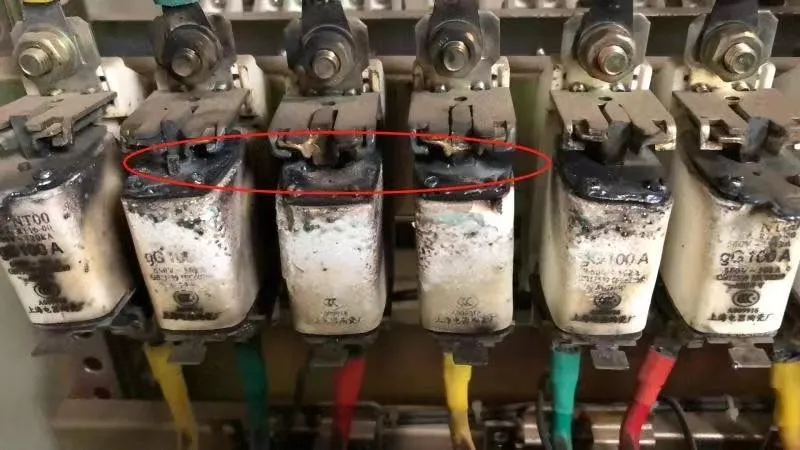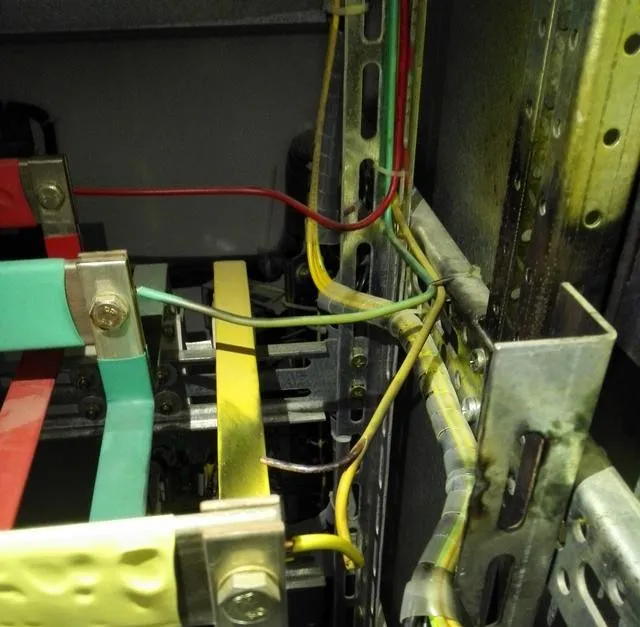The calculation of short-circuit current mainly provides a basis for the equipment design, power grid planning and design, and operation control of the electrical distribution system. Its main purposes are as follows:

(1) The selection of electrical equipment parameters is usually related to the thermal effects of the electrical force and short-circuit current received by the equipment, such as cable cross-section, spacing between split conductor spacers, etc.
(2) Circuit breaker breaking capacity verification ensures the safe operation of the circuit breaker through this verification. Based on the calculation results, the comparison and selection of electrical main wiring schemes, operation modes, etc. can be carried out to determine whether measures to limit short-circuit current need to be taken.
(3) Dynamic and thermal stability verification of electrical equipment and current carrying conductors to ensure their safety and service life during operation.
(4) Design grounding devices to ensure their effectiveness and economy in operation.
(5) Design and setting of relay protection and partial safety automatic devices. The main function of power system relay protection is to quickly and reasonably remove fault components after system failure, reduce the impact of fault current on the system, and prevent the spread of fault. The setting of its setting value is closely related to the results of short-circuit current calculation. Incorrect calculation results may lead to errors in the relay protection setting value, which in turn can lead to misoperation or rejection of the relay protection device, causing serious consequences# Short circuit#
(6) Analysis of the impact of power cables on communication cables, like fiber optical cable, coaxial cable and ethernet cable etc
(7) Fault analysis, including analysis of the source and trend of short-circuit current. In practice, simulation analysis of a short circuit fault and subsequent relay protection actions, as well as the process of system state changes, is also referred to as fault analysis.
(8) Research on short-circuit current limiting measures. When the short-circuit current exceeds the limit, research measures to limit the short-circuit current, such as installing a short-circuit current limiter, installing a small reactance at the neutral point of the distribution transformer, splitting the busbar for operation, and running the line in series.
The most direct starting point for calculating short-circuit current is to ensure the safety of system operation, personnel and equipment, as well as to study the stability of the system after being affected by faults. From an indirect perspective, the calculation results of short-circuit current also directly affect the economic operation and planning and design of the system. This is because if the short-circuit current exceeds the standard, corresponding measures must be taken, including changing the system operation mode, changing the substation wiring design, and replacing equipment. Changing the operation mode of the system may reduce the economic efficiency of power grid operation, replacing equipment may increase investment in power grid construction, and changing the wiring design of substations may simultaneously increase investment in power grid construction and reduce operational economy.
In theory, the closer electrical distribution system is connected, the better its transient stability after disturbance. However, when the system is closely connected, the equivalent impedance of the power grid decreases, leading to an increase in short-circuit current. On the one hand, there may be excessive short-circuit current, and on the other hand, it may increase the impact that the system will suffer after a short-circuit fault occurs. The relationship between the improvement of transient stability of a balanced system and the increase of system short-circuit current is currently one of the important contents of short-circuit current calculation and analysis.
PowerTel & his dedicated engineers are well experienced to provide you a complete solution for your electrical distribution system, from its technical consulting, value engineering design, package supply of materials, construction & installation, to final testing & commissioning.
